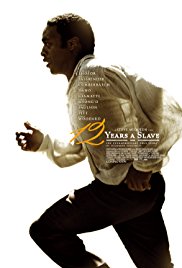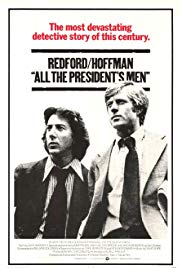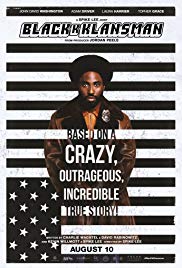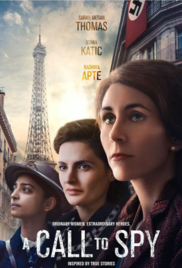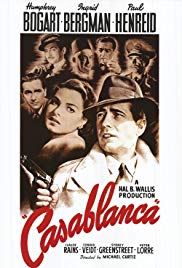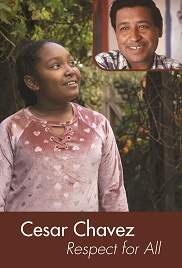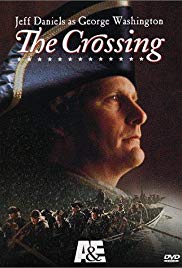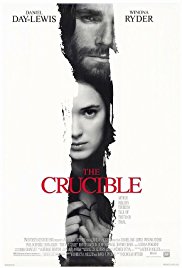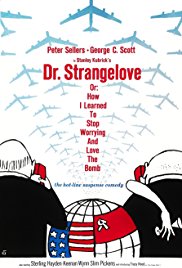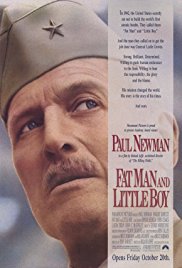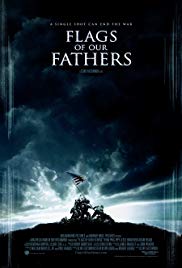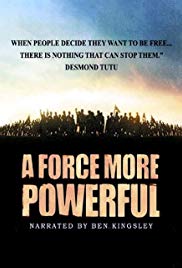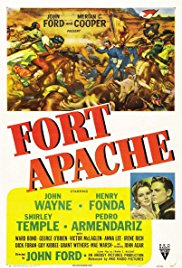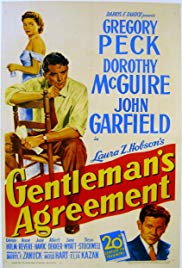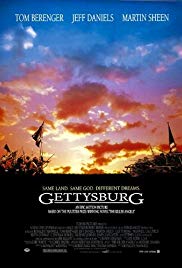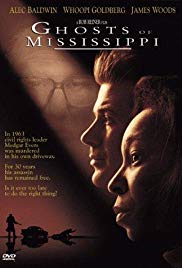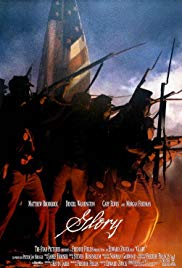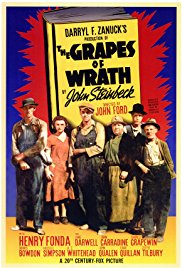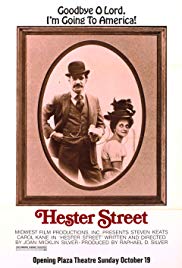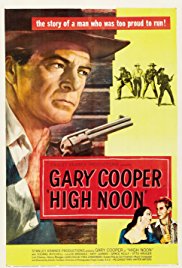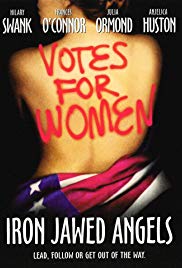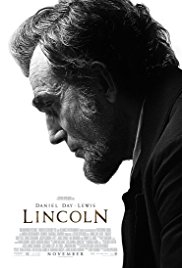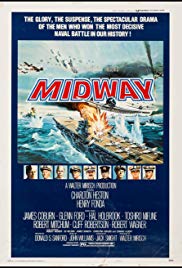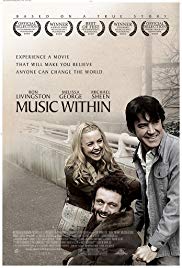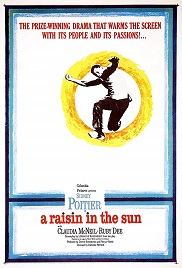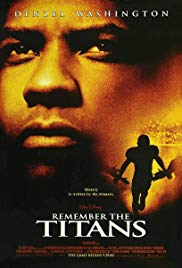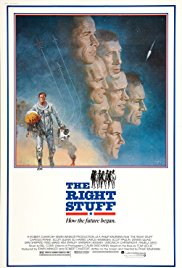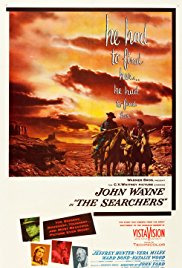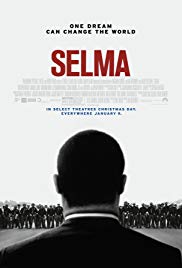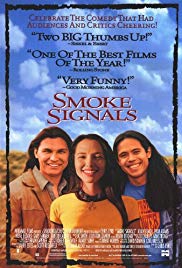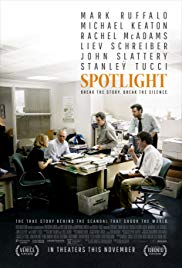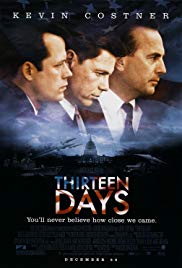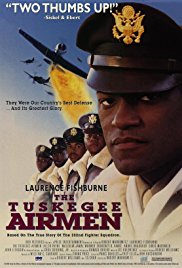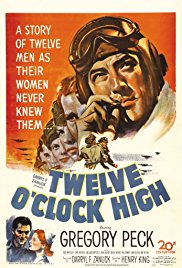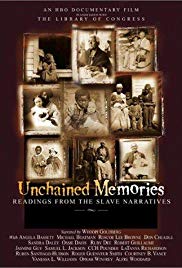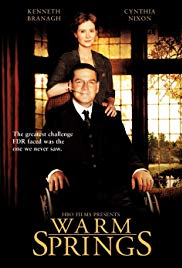THE BEST OF TEACH WITH MOVIES
TWM recommends these movies as the best of the best in meeting curriculum standards while providing students with stellar educational experiences.
Give us your input! Email your nominations and a description of your reasons, including your experience with the film. Tell us the name of your school and what grades you teach. You might find yourself in print.
Don’t ignore the great teaching opportunities from other movies! Review our extensive Drama index.
Check the list from time to time. We’ll change it depending on your feedback and our experience. It’s an ongoing conversation.
12 Years a Slave
This is the story of Solomon Northup, a free black man in New York who was kidnapped and enslaved for twelve years before he was able to get word to his family in the North and be rescued.
All the President’s Men
The worst abuse of Presidential power was uncovered by one of the best journalistic efforts in U.S. history. This is the tale of Woodward and Bernstein, the reporters who broke the story.
Amistad
The incident of “La Amistad” provides a window onto American society in the early 1800s and the tensions that were building toward the Civil War.
BlackkKlansman
This movie is Spike Lee’s take on the story of Colorado Spring’s first black police detective, Ron Stallworth. In 1979 Stallworth ran an undercover intelligence operation in which he became the only African American to be granted membership in a KKK organization.
A Call To Spy
(World History: The Second World War; England; U.S. History, 1940 – 1945; SEL: — Disabilities; Female Role Model; Courage in War; Moral-Ethical Emphasis: Citizenship; Respect. [13+]
Casablanca
It’s not only one of the greatest love stories ever made. The character of Rick is a metaphor for America breaking out of its isolation and coming to the aid of the free world.
Cesar Chavez: Respect for All
Cesar Chavez, remembered chiefly as head of the United Farm Workers (“UFW”), had more than one dimension. In fact, he was a moral pioneer, adopting progressive positions long before they became popular. He did this in the 1960s, ’70s, and ’80s by relentlessly extending the ethical principle of “respect,” not only for farmworkers but also for women, gays and lesbians, and animals.
The Crossing
This movie is a fairly realistic portrayal of a small engagement that changed the course of the American Revolution and of human history.
The Crucible
Arthur Miller’s classic play about the Salem Witchcraft Trials is an excellent introduction to colonial America and to the Red Scare of the late 1940s and early 1950s.
Dr. Strangelove
Only a surreal film can demonstrate the surreal world of mutual assured destruction. (And what’s even stranger is that it worked. We’re all still here.)
Fat Man and Little Boy
This tale of science, technology, leadership and beauracratic competition in the complex organization developed to create the atomic bomb, is an important story for modern society.
Flags of Our Fathers
An excellent description of the Battle of Iwo Jima and an examination of the meaning of heroism.
A Force More Powerful
This documentary shows the Nashville Sit-ins from the training the students received, through the sit-ins themselves, to the negotiations that led to the integration of restaurants in downtown Nashville.
Fort Apache
This film accurately shows camp life, entertainment, and military politics on a U.S. Army outpost in the Southwest during the years after the Civil War. The Apaches are portrayed with respect. The false and dishonorable manner in which the U.S. government treated Native Americans is not glossed over.
Gentleman’s Agreement
(U.S./1945 – 1991 & Diversity; SEL: Male Role Model; Female Role Model; Parenting; Moral-Ethical Emphasis: Respect) [12+] 1947 Academy Award Winner for Best Picture; An excellent way to introduce students to the concept of unconscious bias.
Gettysburg
This is an accurate and compelling description of the battle which many historians believe turned the tide in the Civil War. It’s very long.
Ghosts of Mississippi
It looked like the assassin of civil rights worker Medgar Evers would get off scott free. This is the story of Evers’ widow and a courageous prosecutor who brought the killer to trial again closing this festering wound of injustice.
Glory
Another accurate Civil War movie, this film tells the tale of the first official black regiment in the Civil War.
The Grapes of Wrath
This classic tale of the Oakies forced off their farms in the mid-West, and their mass migration to California will give kids a way to understand the Great Depression.
Hester Street
New York was an exciting yet fearsome place for immigrants from Eastern Europe during the early 1900s. This film shows the stress of moving to a new land.
High Noon
This film is both a quintessential Western and an examination of character particularly pointed to the failures of U.S. society during the Red Scares of the late 1940s and early 1950s. The movie itself is an artifact of history, being one of the few American movies as to which the filmmakers had to disguise the political implications of their film in order to get it made.
Iron Jawed Angels
Most people don’t know that in order to get the vote American women suffered imprisonment and torture. It’s not taught in the history books but Alice Paul and the women who picketed the White House developed, the tactics and techniques of non-violent mass action which Mahatma Gandhi was developing independently on the other side of the globe. For picketing the White House they were arrested on false charges and tortured in prison. The scandal that resulted was one of the major factors in forcing President Wilson to support votes for women. This film, a fictionalized account of this struggle, is reasonably accurate in all historically important respects.
Lincoln
This is the best portrayal of Abraham Lincoln on film. The movie focuses on his efforts to obtain passage in the House of Representatives of the 13th Amendment banning slavery. TWM’s lesson plan for this film covers the efforts in the U.S. to emancipate the slaves culminating in the 13th Amendment and the removal of Constitutional protections for slavery.
Midway
Demonstrating how the U.S. crippled the Japanese fleet in payback for Pearl Harbor, this film tells a lot about how the U.S. won the war in the Pacific.
The Music Within
This film is a biography of Richard Pimentel, one of the people most responsible for the movement to recognize the disabled as full-fledged human beings. His advocacy was a major factor in passage of the Americans with Disabilities Act. The film describes life in the U.S. from the 1960s to the 1990s through its music and the efforts to overcome discrimination against the disabled.
A Raisin in the Sun
The first Broadway play to explore the lives of a black family, this classic play also shows some of the effects of racism and discrimination.
Remember the Titans
And this is how it is when the nation’s effort to end racism and heal the wounds of decades of discrimination really works.
The Right Stuff
In the 1950s there was no rival to American technology, or so most Americans thought. But then, the Russians put up Sputnilk and the U.S. was suddenly way behind in the space race. This is the story of America’s first astronauts, the men in the cockpit in the effort by the U.S. to catch the Russians.
The Searchers
Understanding U.S. history and culture means understanding the myth of the western hero. This film and the movie that follows are two of the best Westerns of all time.
Selma
This movie is a description of the Selma voting rights protest, the march from Selma to Montgomery, the passage of the 1965 Voting Rights Act, and the leadership of Dr. Martin Luther King, Jr.
Smoke Signals
Native Americans have an important place in the epic story of U.S. history. This movie tells a little about what’s going on with them now.
Spotlight
Spotlight is an accurate portrayal of the Boston Globe’s groundbreaking expose that broke open a worldwide sex abuse cover-up scandal that has engulfed the Catholic Church and tarnished other religious organizations. While reforms have been made in churches throughout the world and billions of dollars paid to victims, occasionally an effort to cover up clergy sex abuse still comes to light. In addition, victim advocacy groups, who have been right about this problem in the past, claim that some religious organizations although asserting they have reformed, continue to resist the changes necessary to fully protect children and women in their congregations. With the curriculum materials in TWM’s Learning Guide students will gain an understanding of the role of the Press in a free society, that even organizations with lofty goals can betray their stated purpose, that all persons (even those who claim a special relationship with the sacred) are subject to the rule of law, and that no one has the right to sexually abuse a child.
Thirteen Days
There’s a lot of good history in this movie, but there’s a lot more in the Learning Guide. Show students how close the world came to Armageddon.
The Tuskegee Airmen
The Second World War was not just an armed conflict. It changed America in many ways, and race relations was one of them. This tale of the first black fighter squadron is a good example of that process.
Twelve O’Clock High
Considered a classic film about leadership in an organization under stress, this film also shows the air war against Germany and occupied France during the Second World War.
Unchained Memories: Readings from the Slave Narratives
In the 1930s, as the last generation of former slaves were passing from the scene, the Federal Writer’s Project sent interviewers throughout the South. Read by famous black actors, the slave narratives paint a compelling picture of American slavery.
Warm Springs
What did it take for a relatively shallow patrician politician from New York to become the greatest U.S. President of the 20th century? This film shows part of that process.

